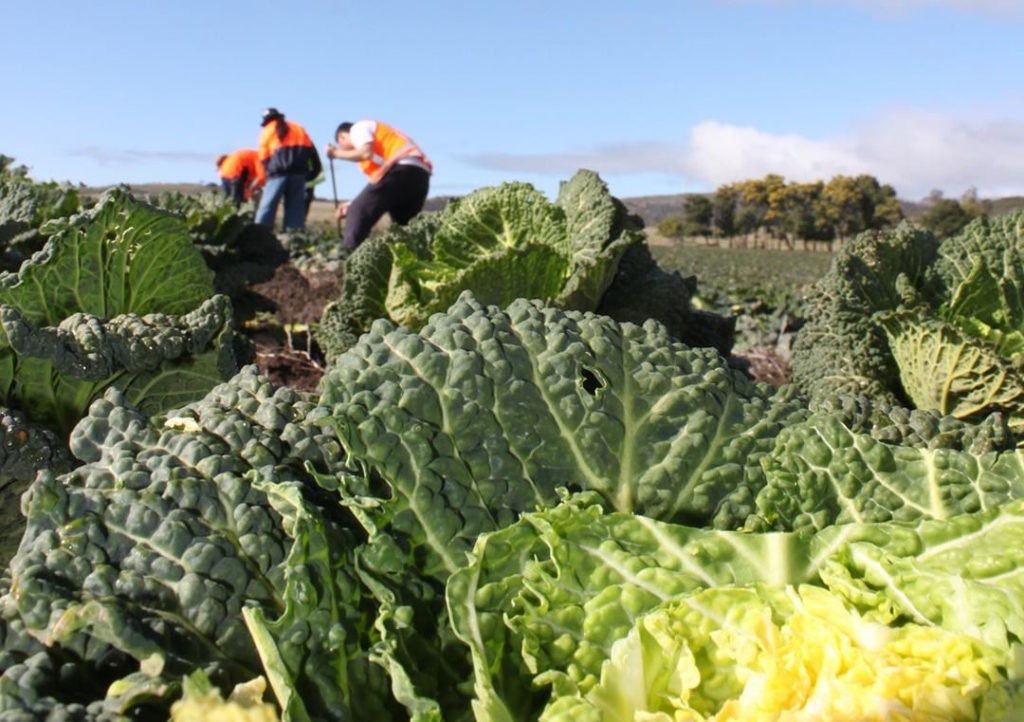Workforce plan: time is ripe for action
The National Farmers’ Federation (NFF) and AUSVEG, the peak industry body for the Australian vegetable industry, have welcomed the release of the National Labour Advisory Committee’s National Agricultural Workforce Strategy report, which comes as farmers continue to seek immediate and longer-term answers to crippling worker shortages.
The report aims to ensure farmers have access to a fit-for-purpose workforce, outlining steps for improving the attraction, retention and skill development of the agricultural workforce into the future. NFF CEO Tony Mahar says the strategy unfortunately does not provide “a silver bullet”, but outlines wide-ranging practical measures that, if implemented, could increase agriculture’s labour pool for the future.
“A lack of farm workers and accessibility to training has been a perennial problem for agriculture and has been exacerbated by COVID-19 border restrictions,” Mahar says.

The NFF had long called for the establishment of an apprenticeship-style accreditation for farm workers that enables skill portability, and this is a key recommendation in the report.
“This must be acted on as soon as practicable, as should steps to better connect agriculture with the vocational education and training sector,” Mahar says.
The strategy also recommends doing more to promote the diverse roles available in agriculture, better communication of job opportunities and a survey to determine the sentiment of Australians towards farm work.

AUSVEG CEO James Whiteside says that while the strategy will not solve the immediate issues for horticulture growers looking for harvest workers this season, the time is ripe for action to address the agriculture industry’s labour issues.
“The fact remains that our industry is reliant on international workers, and we are seeing the implications of this now, with travel restrictions brought on by the pandemic resulting in a crippling labour shortage that will impact supply for months to come,” Whiteside says.
Mahar says with so many local workers displaced, it’s disappointing that more Australians are not pursuing farm work.
“Not enough is being done to communicate the many, many opportunities available,” he says. “We also need to better understand the perceived and actual barriers to farm work.”

Both Whiteside and Mahar say that the report alone is not enough to solve the problem.
“State and federal governments must now work with industry to take the report’s findings and recommendations and work to increase the skill and size of the workforce to ensure horticulture businesses have the workers they need to grow, pack and deliver fresh produce to consumers all across Australia and around the world,” Whiteside says.
Mahar acknowledges that the strategy demonstrates an in-depth knowledge of the complexities and gravity of the problem and provides comprehensive recommendations.
“The challenge now is to fund the high-priority, high-impact measures and to provide farmers with a light at the end of the tunnel, to what is an ever-worsening impediment to productivity,” he says.









